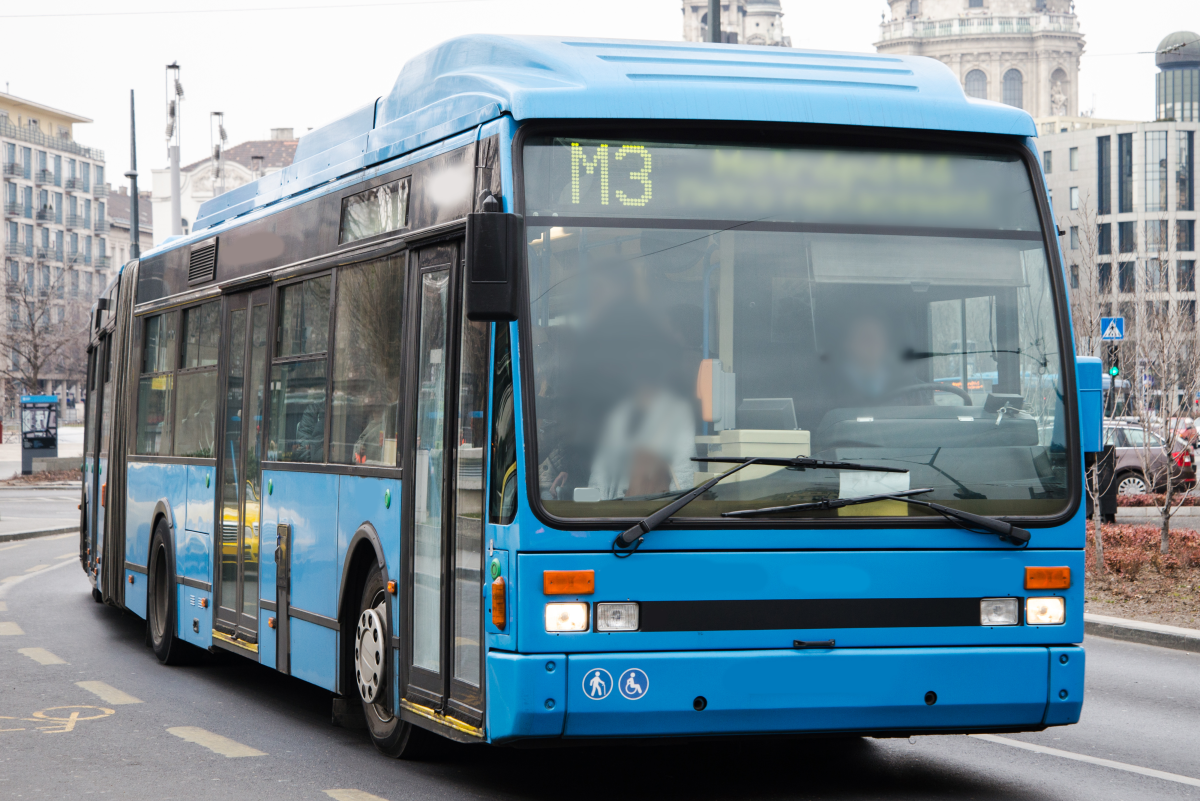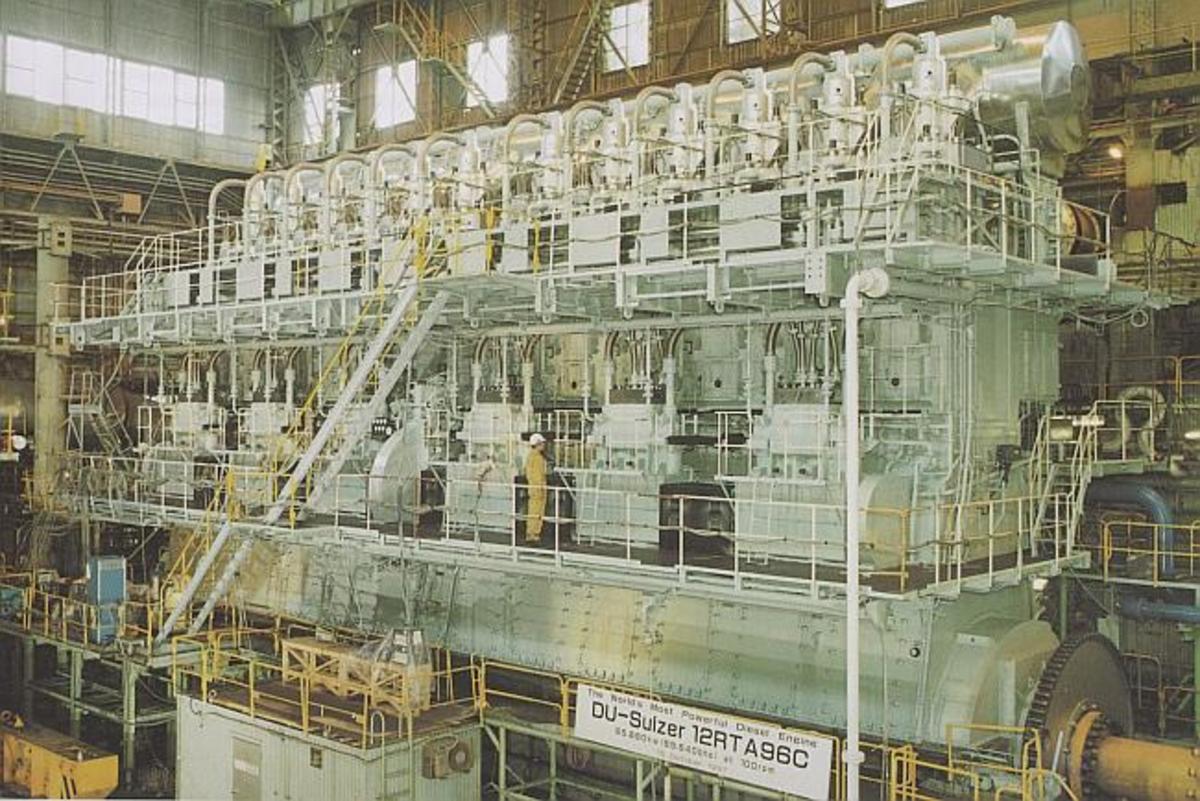What the Government Is Doing about Road Congestion and Why It Is Not Helping
Introduction
Why are we seeing so much money spent on transportation and infrastructure but not seeing improvements in traffic congestion? Why do we see traffic getting worse despite all the solutions rolled out to try to fix it?
Trains
The left loves trains, despite the high cost of this type of infrastructure. Add in the fact that trains take twenty years to be heavily used after high density construction moves people to the areas immediately around train stations, and you see a solution for congestion that doesn’t help for decades after it is built.
Compounding the problem is the fact that it takes years to build light rail systems, whereas buses can be put on the road almost immediately, and buses can have their routes altered based on demand or changing consumer needs. But few people get kudos for setting up a new bus route or buying ten new buses, while opening a new train station creates photo ops and naming opportunities. The painful irony is how many of the trains that do get built don’t stop where people need them or get built where they aren’t used at all, like several trains in California that only connect small towns but don’t connect them to the nearest big cities.

New Lanes without New Capacity
One problem with the main solutions to congestion is that the new lanes being added to existing roads are rarely adding capacity. For example, highways that are adding on new lanes that are toll lanes aren’t going to help traffic congestion much because few people can afford to pay more for the toll lanes in addition to their car payment, gas and insurance.
Another variation of this problem is when new lanes are added but are HOV lanes – in short, the new capacity isn’t open to the public because most people drive alone. Adding one or two new lanes that only a few percent of drivers can use is very little help. And civic planners don’t appreciate the real reasons why people tend to drive alone. For example, as an engineer who has participated in public infrastructure surveys, I brought up the fact that I could not carpool because I had young children who often had to be picked up early when sick or school schedules required it. That made carpooling impossible, but their surveys assumed people didn’t carpool for petty reasons like not wanting to fight over radio station selection or feeling cramped in a shared car.
The problem is made far worse when existing traffic lanes are turned into HOV lanes in a bid to push people to buddy up in their cars, ignoring the fact that many people drive alone because they need the flexibility in scheduling or route.
Emphasis on Transit Options Few Use
One of the most egregious wastes of public “transportation” dollars are when they are used to install walking paths in parks instead of sidewalks and pedestrian bridges that would be needed on a daily basis. Think of communities where you can’t walk several blocks to the store on a wide sidewalk but there are biking paths and jogging trails through all the parks. An even worse form of this is taking out traffic lanes to install bike lanes, which relatively few people use.
The most horrendous misuse of transportation dollars is taking money originally earmarked for widening roads and spending it on scenic bike paths for recreational purposes instead. Yet this happens because those alongside the roads rarely want to lose part of their yards to a wider street, and the public tends to support pretty recreational projects over the practical.

The Bias against Cars
The dominant school in civil planning says let’s get everyone out of cars and into public transportation or out on the street walking and biking. The end result is that they don’t want to build roads unless they absolutely have to, and when they have to, they install only a minimum of capacity for cars compared to other modes of transportation.
This is why you see more and more downtown areas not only designed for pedestrian friendliness but outright banning cars. More common is the use of congestion based pricing to push people to not drive when they most often need to be In the area and incentivize public transit or parking far out and walking in. The end result of this is spending public transit dollars on skyway pathways, walking paths, revitalized plazas and public transportation over the road capacity most sorely needed.
On the flipside is public planning that tries to eliminate the need for cars, such as trying to limit construction of detached single family homes and encouraging high density condo and apartment construction. Another form of this is the development limits many cities have placed to say no new homes beyond this line while requiring new construction inside of that limit to be multi-family housing. In such an environment, the default solution to road congestion is more buses, not more roads or lanes on existing roads.
In this environment, you also see planners unwilling to build new roads out of fear that it will bring traffic, while they hope that not building new road capacity will force people out of their cars and into alternatives.








